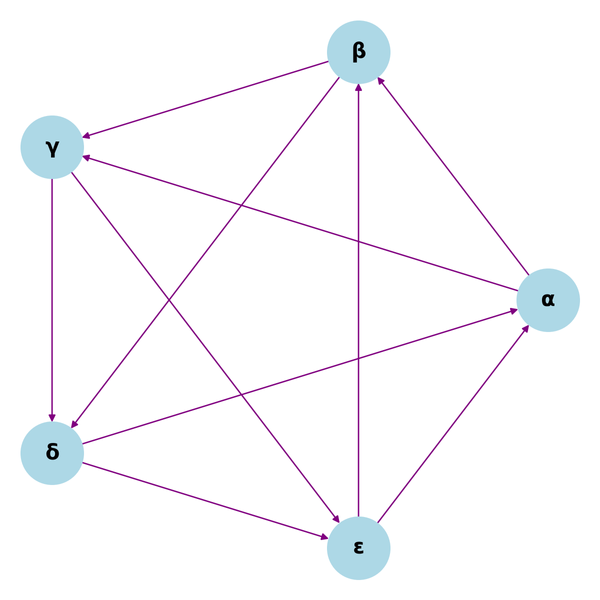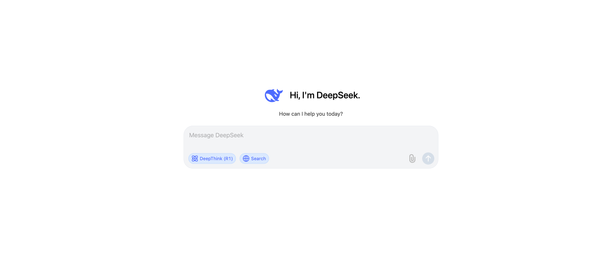How TCP/IP Works: The Protocol That Powers the Internet
The article explains the TCP/IP model, how it works, and how it is used to transmit data across the internet.
Introduction
The TCP/IP model is the de facto standard for how data is transmitted over the internet. It is a reliable, end-to-end delivery protocol that is used by billions of devices every day. In this article, we will take a deep dive into how TCP/IP works and how it is used to transmit data across the internet.
How TCP/IP Works
TCP/IP is a four-layer model that defines how data is transmitted over a network. The four layers are:
- The Application Layer
- The Transport Layer
- The Internet Layer
- The Link Layer
The Application Layer is the highest layer and is responsible for ensuring that data is delivered to the correct application. The Transport Layer is responsible for ensuring that data is delivered reliably and in order. The Internet Layer is responsible for routing data across the network. The Link Layer is responsible for physically transmitting data over the network.
Data is transmitted from the highest layer to the lowest layer. Each layer adds headers to the data to provide information about the data. The data is then passed down to the next layer where it is processed and then transmitted to the next layer. This process continues until the data reaches the Link Layer where it is physically transmitted over the network.
The Application Layer
The Application Layer is the highest layer in the TCP/IP model. It is responsible for ensuring that data is delivered to the correct application. The Application Layer contains protocols that define how applications can communicate with each other.
The most common Application Layer protocols are the Hypertext Transfer Protocol (HTTP) and the Simple Mail Transfer Protocol (SMTP). HTTP is used to transmit data on the World Wide Web. SMTP is used to transmit email.
The Transport Layer
The Transport Layer is responsible for ensuring that data is delivered reliably and in order. It does this by using the Transmission Control Protocol (TCP). TCP is a reliable, connection-oriented protocol that uses a three-way handshake to establish a connection.
Once a connection is established, data is transmitted in small packets. Each packet has a sequence number that is used to ensure that the packets are delivered in order. If a packet is lost, the receiver will send an acknowledgment (ACK) message to the sender. The sender will then retransmit the lost packet.
The Internet Layer
The Internet Layer is responsible for routing data across the network. It does this by using the Internet Protocol (IP). IP is a connectionless protocol that routes data based on the destination IP address.
IP addresses are 32-bit numbers that uniquely identify a device on the network. They are typically expressed in quad-dotted decimal notation (e.g. 192.168.0.1).
Data is routed from the source IP address to the destination IP address. Along the way, data may pass through multiple routers. Each router will use the IP address to determine the next hop.
The Link Layer
The Link Layer is responsible for physically transmitting data over the network. It does this by using various media access control (MAC) protocols.
Ethernet is the most common Link Layer protocol. It uses a technique called carrier sense multiple access with collision detection (CSMA/CD) to control access to the network.
When a device wants to transmit data, it will first listen to the network to see if any other devices are already transmitting. If the network is clear, the device will begin transmitting. If two devices try to transmit at the same time, a collision will occur and both devices will stop transmitting. The devices will then wait a random amount of time and try to transmit again.
Conclusion
TCP/IP is the de facto standard for how data is transmitted over the internet. It is a reliable, end-to-end delivery protocol that is used by billions of devices every day. In this article, we have taken a deep dive into how TCP/IP works and how it is used to transmit data across the internet.
If you want to stay up-to-date with the latest insights in Cloud-native, DevOps, Cloud, Linux, Golang, Productivity, and more, subscribe to my Weekly Newsletter. You’ll also get access to my tutorials, tips, and guides, as well as resources from other experts in these fields.


